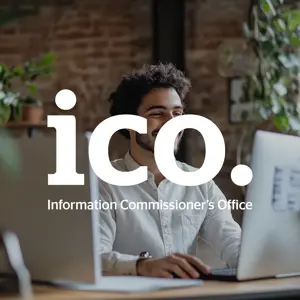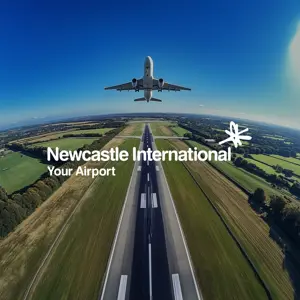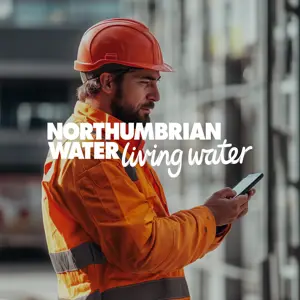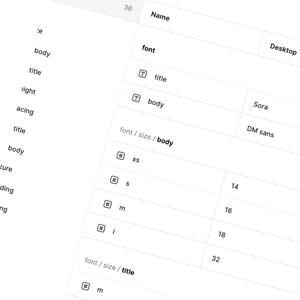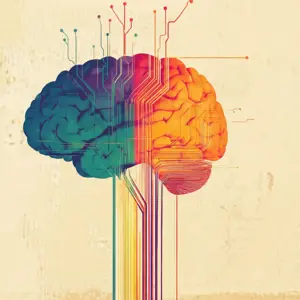What do we believe CX is?
CX is the emotional response that a customer has, both positive and negative to interacting with your products, services and comms. Every part of your business that interacts with a customer has the potential to make or break that experience. Within the digital space, UX and UI form the method of delivering specific services to the customers, but if these systems are not supported by the wider CX infrastructure then the customers can be left with an uneven, disappointing experience.

What is the value of CX?
Ideally, a brand creates a promise and CX delivers against it well, creating a positive feedback loop to reinforce the brand integrity and values. This does two things; increases the value of that brand in the eyes of the consumer, and builds customer loyalty. A great experience will increase the likelihood of you retaining their custom, buying additional services form you and recommending your services to others.
So, what happens when it goes wrong?
Bad news spreads quickly. The sad reality is that if someone has a poor experience with a company, they’ll share it with their social network. In essence, a brand that’s taken decades to build can be ruined by a few horrible customer experiences leading to a diminished perception of the quality of the brand and a re-evaluation of the values of the company and your relationship with them.
Utilities, such as water, electricity and even broadband, are a good example of this. For most people, the expectation of the utility services that they interact with is that they should just ‘work’. You flip a switch and turn on a tap and what you expect to happen, happens.

When outages happen it is crucial that these companies have a robust CX process in place.
A CX strategy based around outages would account for the fact that a service, which the customer is paying for, has failed through no fault of their own. At this time the customer will have the following questions:
What has happened?
Disruptions to the customer’s everyday life - lack of electricity/water/internet can make some everyday tasks impossible.
Whose fault is it?
A loss of service is their responsibility, regardless of the nature of the outage. The customer should not have to hunt around for an explanation.
When will it be fixed?
Without this information, customers cannot accurately plan around the negative impact of the outage.
What happens when it goes right?
A provider who can answer these, and be proactive in communicating with their customers can actually find that their relationship improves, despite the outage. This is because they have shown that they have put the needs of the customer first by:
-
- Being easy to engage with
- Valuing the customer
- Giving the power to the customer - empowering them to make good decisions
- Innovating using new technology (phones/voice/AI chat etc)
This customer-centric approach doesn’t just apply to utilities, however. We were asked to create a new mobile app for Newcastle Airport which would be designed to increase the number of customers booking parking, lounge access and fast track security access directly from the airport, as well as increasing customer engagement and brand awareness.
Challenges
-
- Increase customer conversions
- Increase customer engagement
- Surface important airport information
- Showcase key Airport related content
Previously, the only platform that allowed customers to purchase these products was a non-responsive 3rd party system which was linked to from the Airport website. The experience, especially on mobile, was a difficult one for the customer and meant that although people we still booking parking spaces, they were choosing to do it through resellers rather than directly.
At the airport, the customer had to rely on the standard forms of in-airport communication; Flight departure and arrival screens and tannoys.
Solutions
As frequent flyers, we were well versed in the highs and lows of air travel. We wanted to make sure that all of the customer’s primary needs were being met throughout their entire journey to and through the airport. By understanding the customer, we can anticipate their needs, and provide pro-active solutions.
To this end, we split the customer journey up into 3 parts
- Before the Airport
- Going to the Airport
- At the Airport
During each part of this journey, the customer has a number of different tasks that need to be completed and concerns that must be addressed and we wanted the UI to reflect this by making contextual changes to the information displayed and the options offered.

Before the airport
-
- Where can I find my flight information?
- Where can I park?
- Where can I book security and lounge passes
Going to the airport
-
- Where can I view my parking information?
- Where can I view my security and lounge passes
- Where can I view my flight information?
At the airport
-
- How can I access the WIFI?
- How can I find the shops and restaurants that I need?
- How can I see up to date flight information
- How can I be notified on changes to my flight status?
Outcomes
All of these features work well in isolation, but the key to successful, ongoing customer experience is to wrap them around the lives of your customers. If you know what makes them happy and what frustrates them, you can make proactive and informed choices on the types of services you should be offering them and when they need them.
- Highest rated UK airport app in the App Store
- High download numbers
- High instances of reuse
- Further phases to word to build on the great results we’ve already achieved
Conclusion
Why should CX be at the heart of your business? Because it promotes a culture of ethical business practices and innovation within your business which in turn creates customer loyalty and increased revenue. Companies who do not have a focus on meeting and exceeding the needs of their customers face a difficult future as customer expectations are never static. People are always looking for a better product and a better experience and if that’s not you then you run the risk of being left behind.


